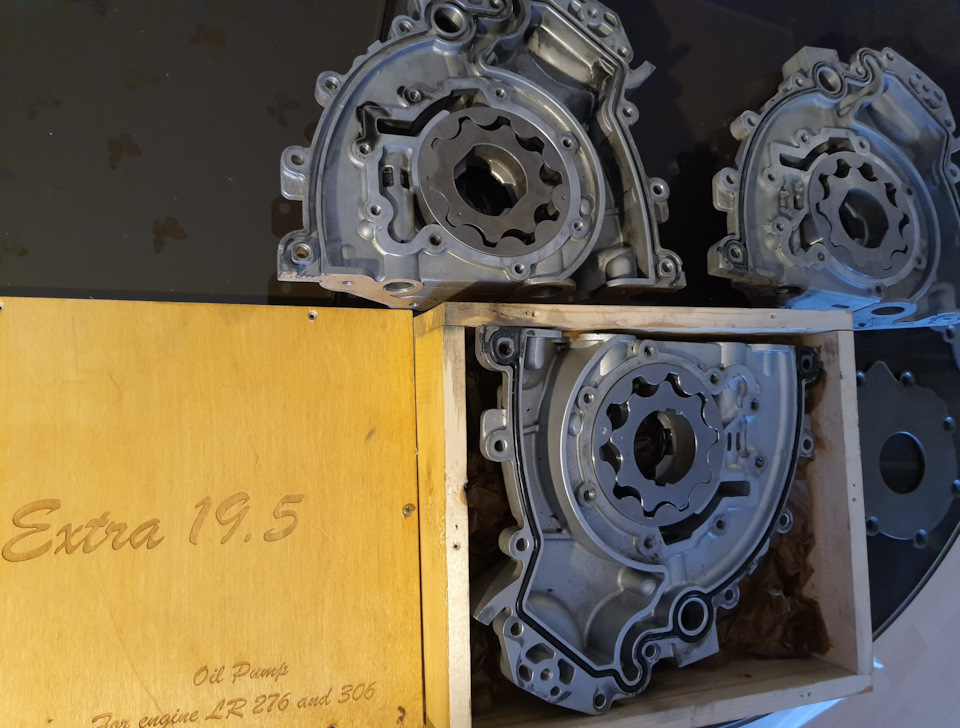Found the report again of a guy getting a full engineering report on his failed D4 engine
Alas above my pay grade and know u guys have a lot more mechanical engineering knowledge than myself
Question 1: "Is there a fault in the car LAND ROVER DISCOVERY 4,".
Vehicle LAND ROVER DISCOVERY 4, to be in inoperable state due to engine failure. The
following defects are revealed:
- presence in oil of small metal inclusions formed by the process of mechanical friction;
- teaser and discolourations on and crankpins of the crankshaft, the crankshaft traces overheating
(buccal) in the region of the cylinder 2 and 5;
- welding by friction liner rod of the second cylinder.
- all indigenous damaged liners, the worn out portion of the internal and external, which is
adjacent to the block and closures of wear and scuffing does not except the liner third crank journal.
Insert a third crank journal (which is attached to the cylinder block) has a strong wear of the inner
surface and the part where the locking is completely split off. There is a deformation (flattening) radical
loose leaves in consequence of shock loads.
Question 2: "What is the cause of a fault in the car LAND ROVER DISCOVERY 4,
The short length of the crankshaft, and consequently narrow and crankpins result in high loads
on the liners. Narrow cheeks of the crankshaft through which pass yet drilling the oil supply lead to
high torsional loads on the crankshaft during operation and the stress concentration at the narrowest
section.
As a result of the engine, in consequence of the action on it of high torsional oscillations
perenagruzhaet radical loose, causing them to rotate. In the test engine was a displacement of the
insert with its indigenous partial destruction (split off the part where the liner disposed locking). The
displacement in turn led to the partial overlapping of oil supplying to the channel crankpin second
cylinder. overlap oil supplying channel result was a drop in oil pressure, and as a consequence of oil
starvation rod liner

